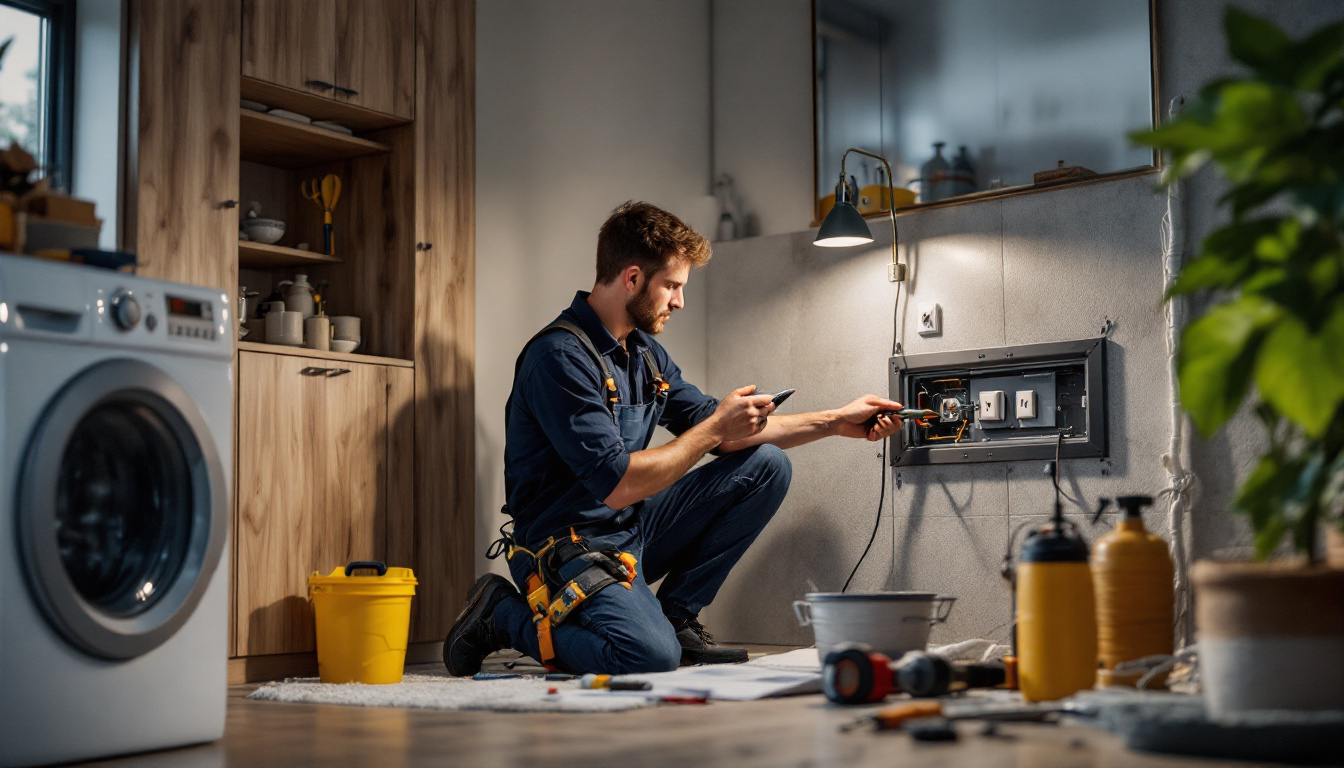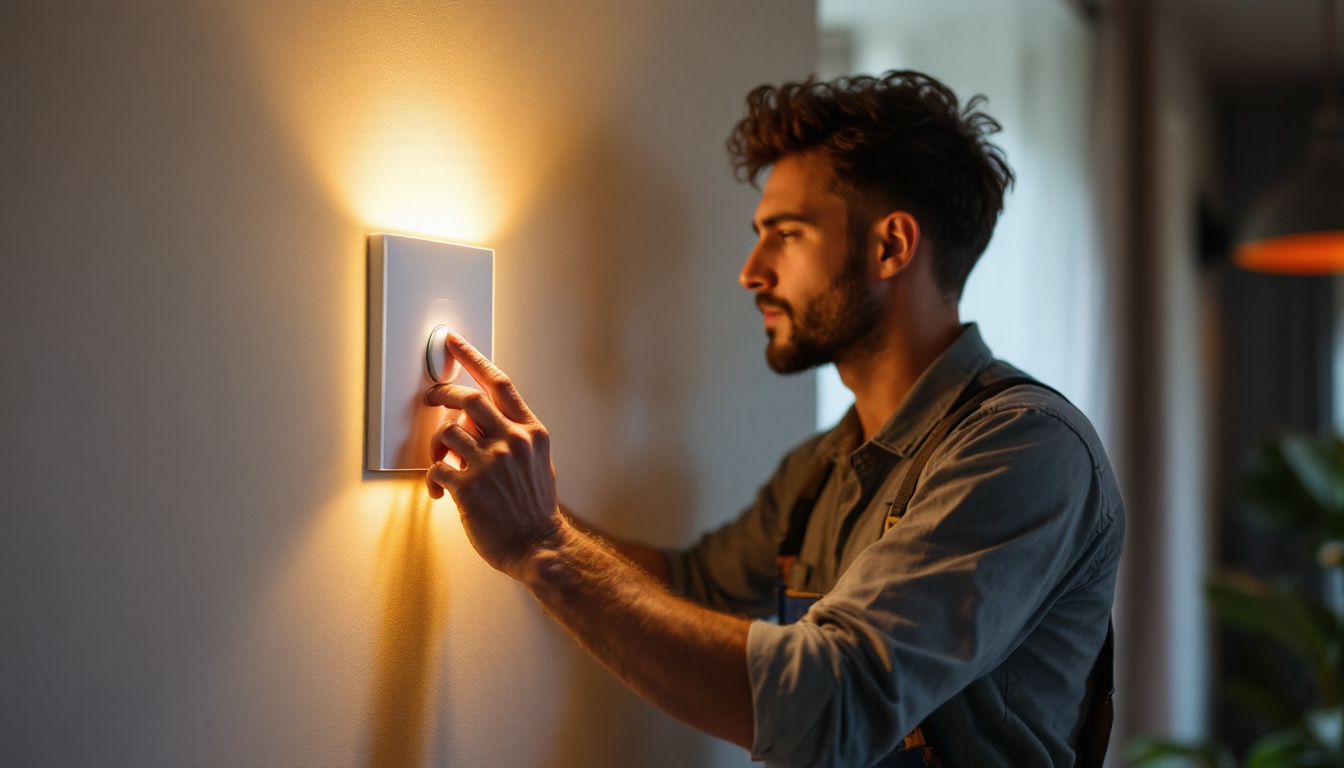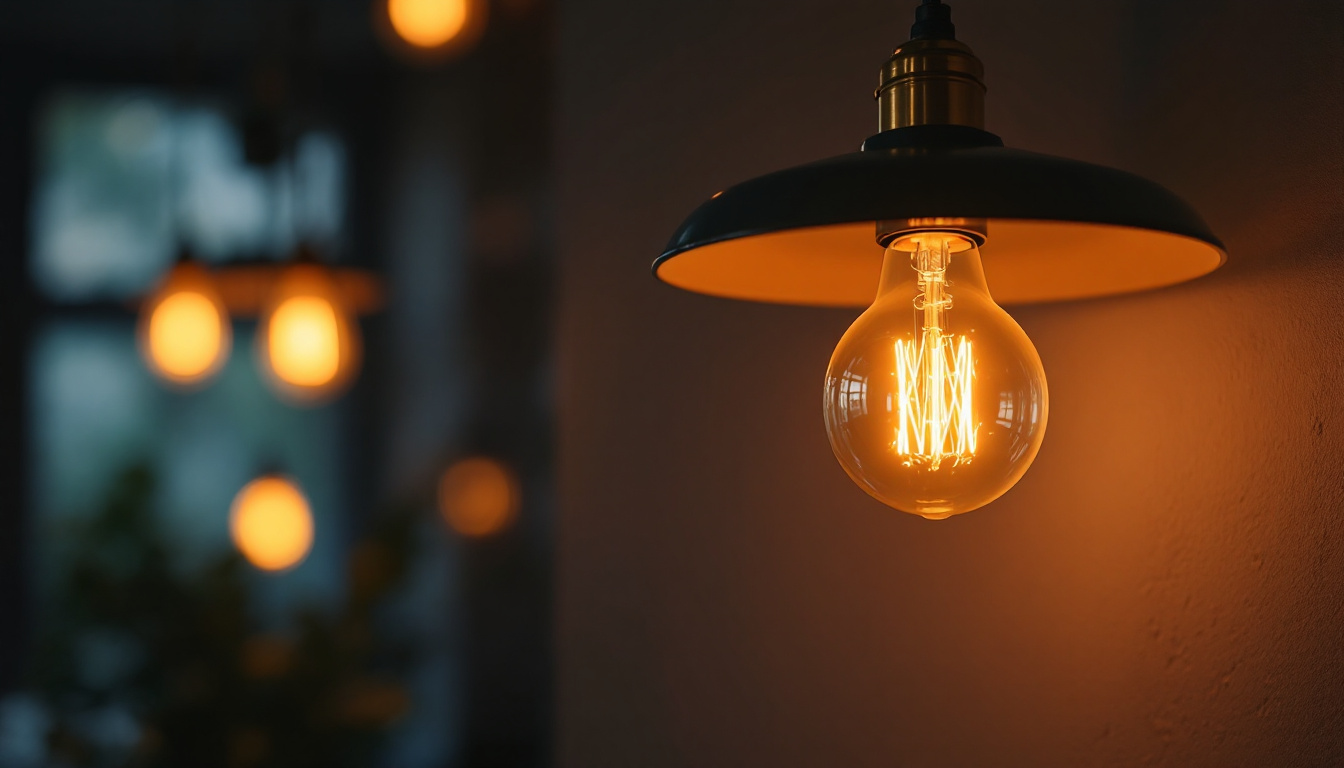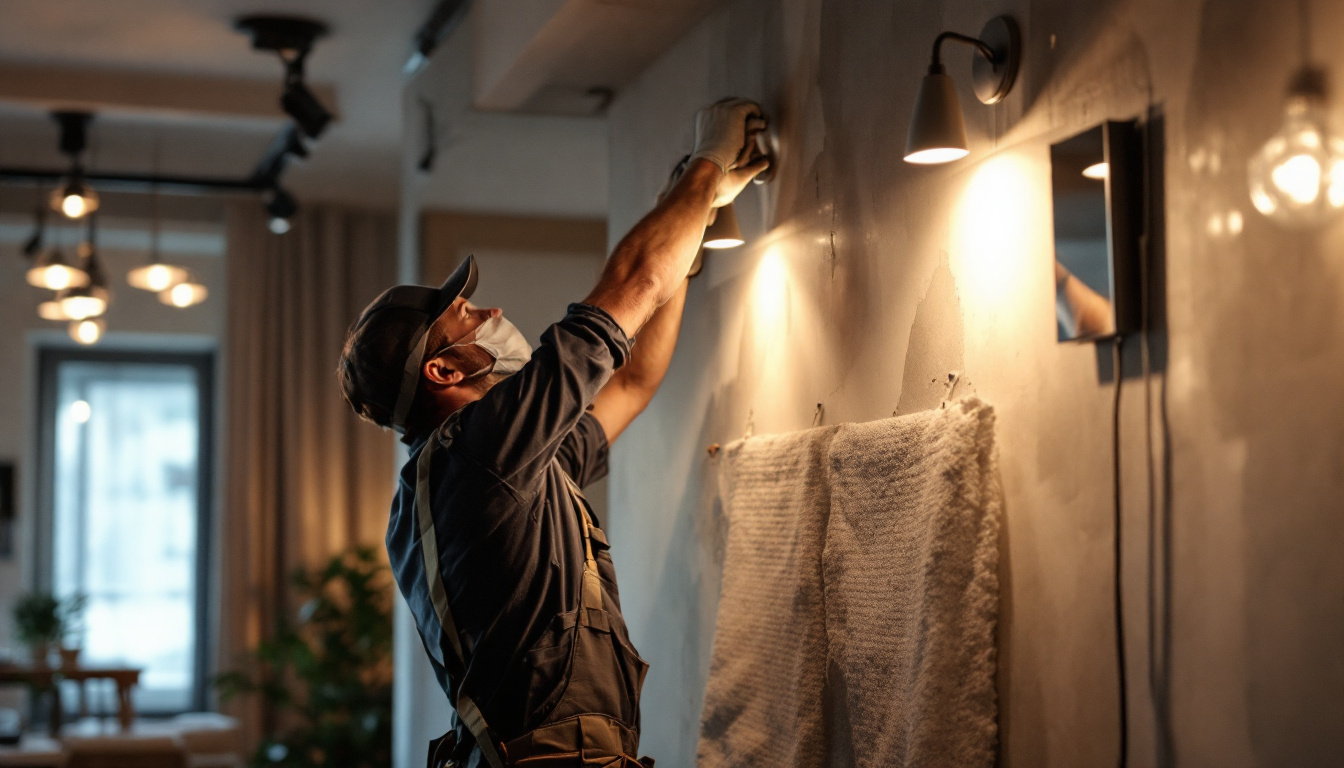

For lighting contractors, understanding the intricacies of electrical outlets is crucial for ensuring safety, efficiency, and compliance with local codes. Among the various types of outlets, the washer electrical outlet stands out due to its unique specifications and applications. This handbook serves as a comprehensive guide for lighting contractors who wish to deepen their knowledge about washer electrical outlets, covering everything from installation to troubleshooting.
Washer electrical outlets are specifically designed to accommodate the power requirements of washing machines. These outlets typically feature a 240-volt configuration, which is necessary for the high energy demands of modern washers. Understanding the specifications and operational characteristics of these outlets is essential for lighting contractors who may encounter them during installation or renovation projects.
Washer electrical outlets are usually rated for 20 amps and are designed to handle the heavy load that washing machines require. They often come in a NEMA 6-15 or NEMA 6-20 configuration, which indicates the type of plug that can be used. The NEMA 6-15 outlet accommodates plugs with two horizontal blades, while the NEMA 6-20 outlet allows for a T-shaped blade, making it essential to identify the correct outlet type for the specific appliance.
In addition to amperage and voltage ratings, washer outlets must be installed in accordance with the National Electrical Code (NEC). This includes ensuring proper grounding, using the appropriate wire gauge, and adhering to installation height requirements. Lighting contractors should familiarize themselves with these codes to avoid potential hazards and ensure compliance. Furthermore, it is also crucial to consider the environmental factors that may affect the outlet’s performance, such as humidity levels and the proximity to water sources, which can lead to corrosion or electrical failures if not properly managed.
While primarily used for washing machines, washer electrical outlets can also be found in laundry rooms, utility rooms, and even in some commercial settings where heavy-duty washing machines are utilized. Understanding where these outlets are commonly installed can help lighting contractors better plan their projects, especially when integrating lighting solutions in these areas.
In residential settings, the placement of washer outlets is often dictated by the layout of the laundry room. Contractors should consider the proximity to water sources, ventilation, and other appliances when determining the best location for these outlets. Additionally, in commercial environments, the power demands may vary, necessitating a more robust electrical infrastructure. For instance, laundromats often require multiple outlets to accommodate a range of machines, from standard washers to industrial-grade models. This complexity not only impacts the design of the electrical system but also necessitates careful planning to ensure that all outlets can operate simultaneously without overloading the circuit.
Moreover, as energy efficiency becomes a growing concern, many manufacturers are now producing washers that are designed to consume less power while still delivering high performance. This shift means that lighting contractors must stay updated on the latest technologies and electrical requirements to ensure that their installations are both current and compliant. Understanding how these advancements can influence outlet specifications will enable contractors to provide better service and solutions tailored to their clients’ needs, ultimately leading to safer and more efficient laundry environments.
Installing a washer electrical outlet requires careful planning and adherence to safety protocols. Lighting contractors must ensure that they are equipped with the right tools and materials before starting the installation process. This section outlines the essential steps and considerations for a successful installation.
Before beginning the installation, contractors should gather the necessary tools and materials. essential tools include a voltage tester, wire strippers, a screwdriver, and a drill. In terms of materials, contractors will need the appropriate outlet, electrical box, wiring (typically 10 or 12-gauge wire), and grounding materials.
It’s also advisable to have safety gear on hand, such as gloves and goggles, to protect against electrical hazards. Ensuring that all tools and materials are readily available can streamline the installation process and reduce the risk of errors.
The installation of a washer electrical outlet involves several key steps. First, ensure that the power is turned off at the circuit breaker to prevent any electrical shock. Next, use a voltage tester to confirm that the outlet is de-energized.
Once safety is confirmed, the contractor can proceed to install the electrical box at the appropriate height, typically around 12 to 18 inches above the floor. After securing the box, the wiring can be connected to the outlet. It’s crucial to follow the manufacturer’s instructions for wiring connections, ensuring that the hot, neutral, and ground wires are correctly attached.
After the outlet is connected, the contractor should carefully secure it in the electrical box and attach the cover plate. Finally, restore power at the circuit breaker and test the outlet with a voltage tester to ensure it is functioning correctly. Proper installation not only ensures safety but also enhances the longevity of the outlet.
Safety is paramount when working with electrical installations. Lighting contractors must be aware of the potential hazards associated with washer electrical outlets and take the necessary precautions to mitigate risks. This section highlights key safety considerations to keep in mind during installation and maintenance.
Proper grounding and bonding are critical for the safe operation of washer electrical outlets. Grounding provides a path for electrical current to safely dissipate in case of a fault, while bonding ensures that all metal parts are electrically connected to prevent shock hazards. Contractors should verify that the outlet is properly grounded and that grounding conductors are securely connected.
In addition to grounding, bonding should be checked to ensure that all conductive surfaces are at the same electrical potential. This is especially important in environments where moisture may be present, such as laundry rooms.
Adhering to local electrical codes is essential for ensuring safety and compliance. The NEC outlines specific requirements for the installation of washer electrical outlets, including wire gauge, outlet placement, and circuit protection. Lighting contractors should familiarize themselves with these codes and consult local regulations to ensure that their installations meet all necessary standards.
Failure to comply with electrical codes can result in hazardous conditions and may lead to legal liabilities. Regularly reviewing and updating knowledge of electrical codes will help contractors maintain high standards in their work.
Even with proper installation, washer electrical outlets may encounter issues over time. Understanding how to troubleshoot common problems can save time and resources for lighting contractors. This section discusses typical issues and their potential solutions.
If a washer electrical outlet is not functioning, the first step is to check the circuit breaker. A tripped breaker may indicate an overload or a short circuit. Resetting the breaker can often resolve the issue. If the outlet still does not work, further investigation is needed.
Inspecting the outlet for signs of damage, such as burn marks or loose connections, is essential. If damage is found, the outlet may need to be replaced. Additionally, testing the outlet with a voltage tester can help determine if power is reaching the outlet. If not, tracing the wiring back to the breaker panel may reveal a problem.
Frequent tripping of the circuit breaker associated with a washer electrical outlet can be indicative of an overloaded circuit or a fault in the wiring. Lighting contractors should assess the total load on the circuit to ensure it does not exceed the breaker’s capacity.
If the load is appropriate, inspecting the wiring for signs of wear or damage is crucial. Frayed wires or loose connections can create resistance, leading to overheating and tripping. In some cases, it may be necessary to install a dedicated circuit for the washer to prevent future issues.
Regular maintenance of washer electrical outlets is vital for ensuring their longevity and safe operation. Lighting contractors should implement best practices to keep these outlets in optimal condition. This section outlines essential maintenance tips.
Conducting regular inspections of washer electrical outlets can help identify potential issues before they escalate. Contractors should check for signs of wear, such as discoloration, cracks, or loose connections. Additionally, testing the outlet with a voltage tester can confirm that it is functioning correctly.
Inspections should also include verifying that the outlet is securely mounted in the electrical box and that the cover plate is intact. Addressing minor issues during inspections can prevent costly repairs down the line.
Keeping washer electrical outlets clean and free from dust is essential for maintaining their functionality. Dust accumulation can lead to overheating and increased resistance, which may result in outlet failure. Contractors should periodically wipe down the outlet and surrounding area to prevent dust buildup.
When cleaning, it’s crucial to ensure that the outlet is de-energized to avoid electrical shock. Using a damp cloth can help remove dust without causing damage. Regular cleaning promotes safe operation and extends the life of the outlet.
Washer electrical outlets are a critical component in any laundry setup, and understanding their specifications, installation, and maintenance is essential for lighting contractors. By following the guidelines outlined in this handbook, contractors can ensure that their installations are safe, compliant, and efficient.
From installation to troubleshooting, the knowledge of washer electrical outlets equips contractors with the tools necessary to excel in their projects. By prioritizing safety and adhering to best practices, lighting contractors can deliver high-quality work that meets the needs of their clients and enhances the functionality of residential and commercial spaces alike.
Now that you’re equipped with the knowledge to install and maintain washer electrical outlets safely and efficiently, it’s time to elevate your lighting projects with LumenWholesale. We provide contractors like you with top-quality, spec-grade lighting products at unbeatable wholesale prices. Our extensive selection not only meets but exceeds the highest industry standards, ensuring reliable, high-performance lighting for every project. Plus, with free shipping on bulk orders, you can get premium lighting at the best value — without hidden fees or compromises. Enhance your professional services with the perfect blend of quality, affordability, and convenience. Visit LumenWholesale today and experience the best in wholesale lighting solutions.

Discover the essential guide for lighting contractors on LED dimmer switches.

Discover the essentials of solar landscape lighting that every lighting contractor should master.

Discover the secrets of the A19 bulb and learn how mastering its features can help you secure more lighting contracts.

Discover how wall LEDs are revolutionizing the lighting industry by boosting efficiency for contractors.
Get notified when NEW deals are released.
Optimize your budget with wholesale discounts.
Only top-quality, specification-grade lighting products.
No additional costs at checkout - what you see is what you pay.
We understand the unique needs of contractors.